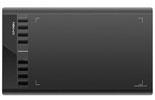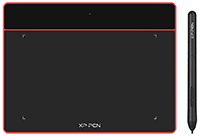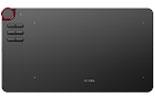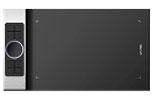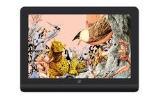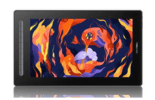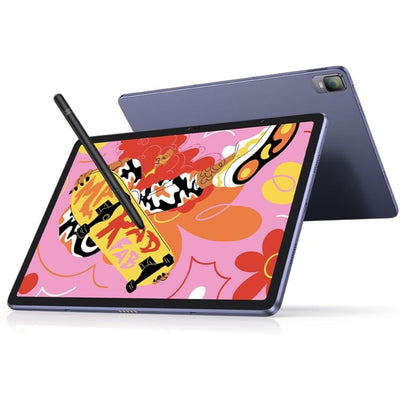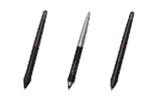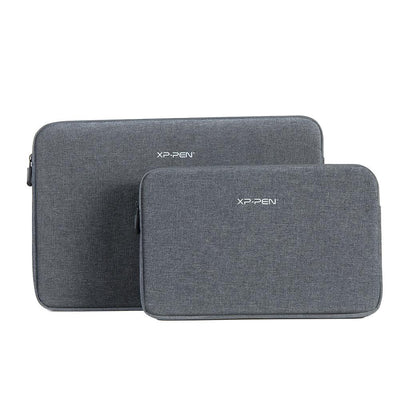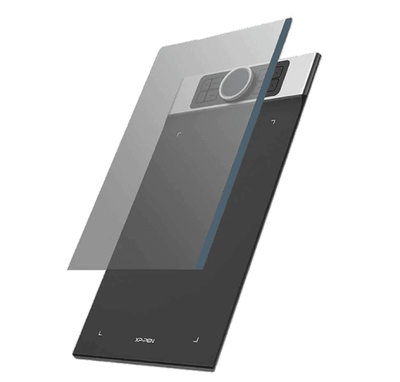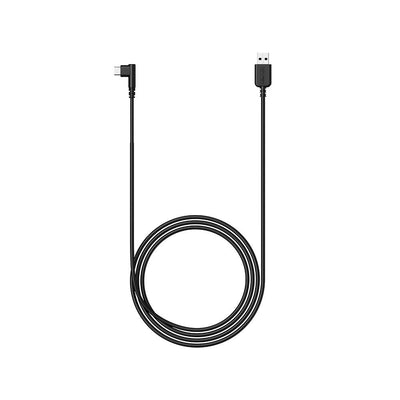Drawing Tablets vs. Graphics Tablets

Drawing tablets and graphics tablets are essential tools for artists, designers, and creative professionals. They allow for the digital creation and manipulation of images and designs, but what exactly sets these two types of tablets apart?
In this article, we will take a closer look at the key differences between drawing tablets and graphics tablets, helping you determine which one is best for your needs.
Purpose of Drawing Tablets
Drawing tablets are designed specifically for artists and designers who want to bring their creative visions to life. These tablets are ideal for a variety of tasks, including:
- Art and Design
- Sketching and Drawing
- Painting and Illustrating
- Concept Design
- VFX
- Animation
- Online Teaching
Drawing tablets offer artists and designers a comfortable and intuitive way to create their masterpieces, with features such as pen sensitivity and pressure sensitivity allowing for greater control and precision in their work.
Purpose of Graphics Tablets
On the other hand, graphics tablets are designed for digital artists who want to create digital art, vector art, and perform photo editing, photo manipulation, 3D modelling, and video editing.
These tablets offer greater precision and control than traditional computer mice, making them ideal for tasks that require a high level of accuracy.
Key Features of Drawing Tablets
Some key features to consider when shopping for a drawing tablet include:
- Pen Sensitivity : A sensitive pen allows for greater control and precision in your artwork.
- Display : The display on a drawing tablet can range from small to large, with some even offering full HD resolution.
- Size and Portability : Drawing tablets come in a variety of sizes, from small and portable to larger, more robust models.
- Pressure Sensitivity : Pressure sensitivity refers to the level of pressure you can apply to the pen when creating your artwork. A higher level of pressure sensitivity allows for greater control and precision.
- Shortcut Buttons : Many drawing tablets come equipped with shortcut buttons, allowing you to quickly access frequently used tools and functions.
Key Features of Graphics Tablets
When shopping for a graphics tablet, consider the following features:
- Compatibility : It is important to make sure that your graphics tablet is compatible with your computer and the software you plan to use.
- Display : Graphics tablets often come with built-in displays, allowing you to see your work in real-time as you create it.
- Size and Portability : Like drawing tablets, graphics tablets come in a variety of sizes, from small and portable to larger, more robust models.
- Shortcut Buttons : Shortcut buttons can be a helpful addition to a graphics tablet, allowing you to quickly access frequently used tools and functions.
- Pressure Sensitivity : It is important to check the pen pressure sensitivity before purchasing any graphic tablet.
- Price : Graphics tablets can be more budget friendly than drawing tablets, so it is important to determine your budget before making a purchase.
Differences between Drawing Tablets and Graphics Tablets
The main differences between drawing tablets and graphics tablets include their purpose, key features, and price.
Drawing tablets are designed for artists and designers, while graphics tablets are designed for digital artists.
Key features to consider when shopping for a drawing tablet include pen sensitivity, display, size and portability, and shortcut buttons, while graphics tablets are equipped with features such as compatibility, display, size and portability, and price.
Also Read : What to choose? Pen Tablet Or Display Tablet
Which One Is Right for You?
The type of tablet you choose will ultimately depend on your needs and budget. Consider the following factors when making your decision:
- Consider Your Needs : If you are an artist or designer looking to create traditional artwork, a drawing tablet may be the right choice for you. On the other hand, if you are a digital artist looking to create digital artwork, a graphics tablet may be a better fit.
- Determine Your Budget : Graphics tablets can be more expensive than drawing tablets, so it is important to determine your budget before making a purchase.
- Evaluate Your Skills : If you are new to using tablets for digital creation, a drawing tablet may be easier to learn and use, while a graphics tablet may require a stronger understanding of digital art and design.
Advantages of Graphics Tablets
Graphics tablets offer a number of advantages for digital artists, including:
- Precision : The precise pen control offered by a graphics tablet allows for greater accuracy and precision in your digital artwork.
- Control : The ability to see your work in real-time on the built-in display of a graphics tablet gives you greater control over your creations.
- Versatility : Graphics tablets are compatible with a wide range of software, making them a versatile tool for digital artists.
- Compatibility : The compatibility of graphics tablets with a wide range of software makes them an ideal tool for professionals who work with multiple programs.
- Pressure Sensitivity : The pressure sensitivity helps you draw freely and effectively which comes with a battery free stylus making them a versatile tool for beginners & professionals.
Disadvantages of Drawing Tablets
There are also some disadvantages to consider when using a drawing tablet, including:
- Price : Drawing tablets can be more expensive than traditional computer mice, making them a less budget-friendly option for some users.
- Limited Compatibility : Some drawing tablets may not be compatible with all software programs, making it important to research compatibility before making a purchase.
- Steep Learning Curve : The learning curve for using a drawing tablet can be steep for some users, especially for those who are new to digital art and design.
Disadvantages of Graphics Tablets
There are also some disadvantages to consider when using a graphics tablet, including:
- Price : Graphics tablets can be more expensive than traditional computer mice and drawing tablets, making them a less budget-friendly option for some users.
- Limited Portability : The built-in display on a graphics tablet can make it less portable than other options, making it important to consider if you need a tablet that is easily transportable.
- Requires Strong Technical Skills : The precision and control offered by a graphics tablet may require a strong understanding of digital art and design, making it a less accessible option for some users.
Conclusion
In conclusion, drawing tablets and graphics tablets are both powerful tools for artists and creative professionals, but they are designed for different purposes.
Drawing tablets are ideal for traditional artists and designers who want to create traditional artwork, while graphics tablets are designed for digital artists who want to create digital artwork and perform photo editing, 3D modeling, and video editing.
The key differences between drawing tablets and graphics tablets include their purpose, key features, and price.
Ultimately, the type of tablet you choose will depend on your needs and budget, so it is important to consider your needs, determine your budget, and evaluate your skills when making your decision.
When considering the advantages and disadvantages of each type of tablet, it's important to weigh the benefits and drawbacks to determine which one is right for you.
Whether you choose a drawing tablet or a graphics tablet, both options offer unique benefits that can enhance your creativity and improve your workflow.
FAQ's
1. Which tablet is better for drawing?
- Tablets like the iPad Pro and Wacom Cintiq are popular for drawing, with each having its advantages.
2. Can you use a drawing tablet for graphic design?
- Yes, drawing tablets for beginners can be used for graphic design as they offer precise input and creative software compatibility.
3. What tablet do most artists use?
- Many artists prefer XP-pen tablets, particularly artist series by XP-Pen, for their reliability and sensitivity.

